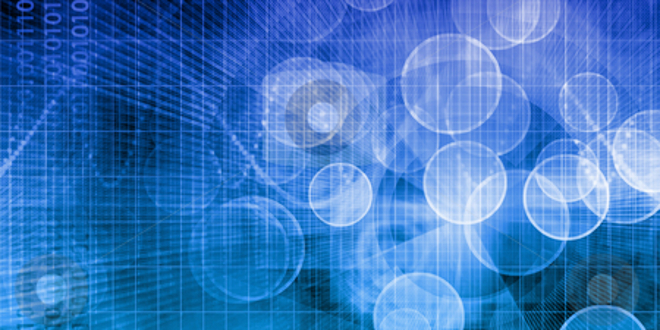
Scientists in Germany have created new software that rapidly learns what researchers are looking for and automatically performs complex microscopy experiments.

NASA has begun testing a new multi-capability microscope on the International Space Station. It will help scientists study the effects of the space environment on physics and biology aboard the orbiting laboratory. The microscope is isolated from vibrations on the station, allowing it to obtain clear, high-resolution images. Using high-resolution magnification, scientists can examine microorganisms and individual cells of plants and animals, including humans.

Engineers at Ohio State University have invented a single lens that enables microscopic objects to be seen from nine different angles at once to create a 3D

Scientists who pioneered a revolutionary 3-D microscope technique are now describing an extension of that technology into a new dimension that promises sweeping applications in medicine, biological research, and development of new electronic devices.